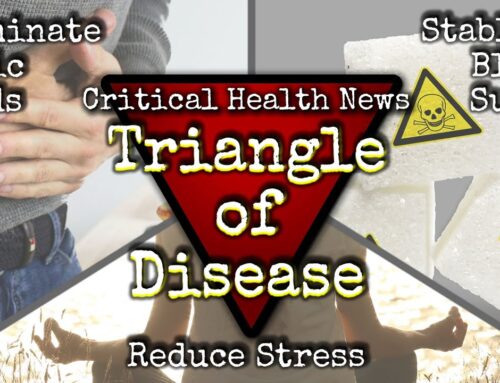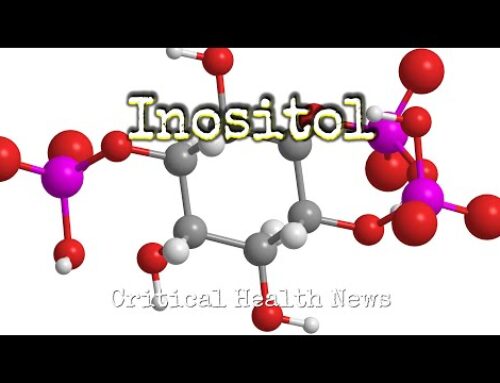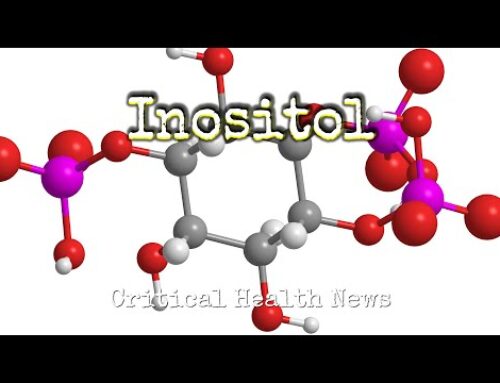The B vitamins are collectively known as the “anti-stress vitamins”. They exist as a complex made up of eight separate molecules numbered b1, b2, b3, b5, b6, b7, b9 and b12. While each of the B’s has their own unique effects and are often taken individually, it’s always best to take at least some of the B complex together in foods or supplements.
Because they’re found throughout nature, full-blown deficiencies are uncommon but using individual B’s can be beneficial. B1 may improve heart health, B3 lowers blood cholesterol, B5 can help menopausal women and the acne prone and B12 is well known as an energy supplement.
One molecule that has been referred to as a B vitamin, but really isn’t even a vitamin at all, is B15, a molecule discovered by Russian scientists and sometimes called Pangamic acid, which is technically the amino acid derivative nndmg. While not all Pangamic acid formulas contain nndmg, properly speaking, that’s what it should be and for this reason the terms Pangamic acid and vitamin B15 are not used very often. Nonetheless, according to Russian research, the biochemical properties of nndmg, also known as nn dimethylglycine, can be significant and include improved energy, recovery, immunity and detoxification.
It’s been used by athletes to improve endurance and it plays a role in cardiovascular health too. Unfortunately, nndmg can be hard to find, but you can use TMG or trimethylglycine to get the same benefits. TMG is also known as betaine and is readily available on its own or in digestive enzyme formulations as betaine HCL.










